The 5 Latin American countries that best manage their electronic waste
The electronic waste generated in the world in 2016 was 44.7 million metric tons, which is equivalent to 4,500 Eiffel Towers of electronic scrap

Have you ever wondered what they do with electronic waste? Have you imagined where it goes? That old computer that is already obsolete, because in this article we will tell you a little about what has happened.
Let's start by defining what is electronic waste?
It is considered as: all those devices that are obsolete or not, such as cell phones, consoles, computer equipment, fixed or mobile that have been damaged, televisions, video and photo cameras, that due to an update or operation have gone to the trash.
The electronic waste generated in the world in 2016 was 44.7 million metric tons, which is equivalent to 4,500 Eiffel Towers of electronic scrap, that's right, it causes you to read it a couple more times, it is simply impressive.
This is worldwide, but what is happening with electronic waste in Latin America?
It is important to know that, there are already worldwide laws that have the purpose of regulating, regulating and protecting the environment from this situation, however, as everyone knows, Latin America is not characterized by having the best statistics regarding recycling.
The Top 3 with the worst amount of electronic waste generated during 2021 were Brazil, Mexico and Argentina, accumulating between the three around 4 metric tons of garbage of this kind. However, more and more countries in the region are adhering to new legislation that will take action on the matter, since there is very little recycling culture.
Among the 5 Latin American countries that can be said to have the best management for their electronic waste, those that already have legislation for the treatment of this type of waste stand out:
Para el caso de Ecuador, ya cuenta con una legislación y el marco regulatorio para desechos peligrosos y productos químicos, en esta se incluye las leyes secundarias que van orientadas específicamente al tratamiento y gestión de la telefonía móvil.
Pronto en estos países de Latinoamérica será más común tener a la vista y alcance de todos sus habitantes medidas de control y regulación de este tipo de desperdicios.
Otros países que ya comenzaron a tomar acciones y medidas contra la basura electrónica, por ejemplo Honduras comenzó a registrar productores de Aparatos Eléctricos y Electrónicos (AEE) y a cuantificar los productos de Aparatos Eléctricos y Electrónicos (AEE) como un paso inicial en el proceso de implementar un sistema.
Por otro lado, Guatemala y Nicaragua han comenzado a desarrollar un plan regional para la clasificación de e-waste en coordinación con otros países de la región.
Además, Uruguay está evaluando alternativas para el tratamiento de este tipo de residuos a partir de desechos plásticos electrónicos y han comenzado a recopilar información estadística.
Panamá ha comenzado a coordinar y promover la separación de este tipo de desperdicios electrónicos a partir de desechos residuales, al tiempo que se fortalecen las capacidades nacionales en instalaciones e infraestructura para una gestión adecuada y sólida de los desechos electrónicos.
Además, la República Bolivariana de Venezuela, ha definido un plan de recolección, de basura electrónica que incluye la creación de puntos de recolección en parques recreativos y difusión de información sobre la gestión adecuada de la basura electrónica.
Lo importante es que como usuarios de tecnología, tengamos consciencia sobre el daño que puede ocasionar deshacernos de nuestros dispositivos en lugares no acondicionados de forma adecuada para ello.
Source: entornocomercio.com
